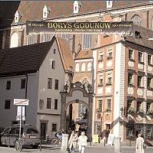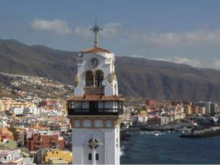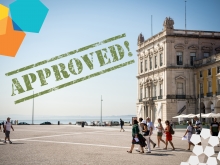
Wroclaw
Wrocław is situated on the River Oder in southwest Poland, close to the Polish-Czech-German borders, some 340km from the capital, Warsaw. With a city population of 630,000—1.1 million including the wider metropolitan area—it is the fourth largest in Poland. Known as Breslau in German, its changing history over the centuries has seen it ruled by Bohemia, Hungary, the Austrian Empire, Prussia, Germany and post-World War II communism before independance from Soviet Union in 1989. As a result, the city is a mixture of cultural and architectural styles. In 2016, it will be a European City of Culture.
Wrocław is an important centre of the economy, as well as culture, science and tourism. With the number of inhabitants increasing by around 11% in the last ten years, it is a motor for the development of Lower Silesia. Located between Prague, Warsaw and Berlin, Wrocław it has a well-developed transport infrastructure that connects the city with the rest of the continent and beyond.
A major university city, Wrocław has a student population of 135,000 and a strong position in Poland’s financial services sector (banking, audit and leasing services, debt collection) and IT. Major leaders such as Atos, Capgemini, IBM, Nokia and Siemens, along with domestic software developers have transformed southwest Poland into an IT hub. The city hosts R&D centres along with business process outsourcing/IT service operations for the likes of BNY Mellon, Crédit Suisse, Ernst & Young, Google, Hewlett-Packard, McKinsey and UPS. In the automotive sector, Wrocław is the European bus and coach centre for Volvo.
SOME RELATED NETWORKS
BioCanteens#2
URBAMECO
News
News from our networks – 17 May 2021
Article
Carbon Literacy training – an inspirational approach for cities
Article
23 Action Planning Networks ready for Phase 2!
Article
It's time to Find your Greatness
News







